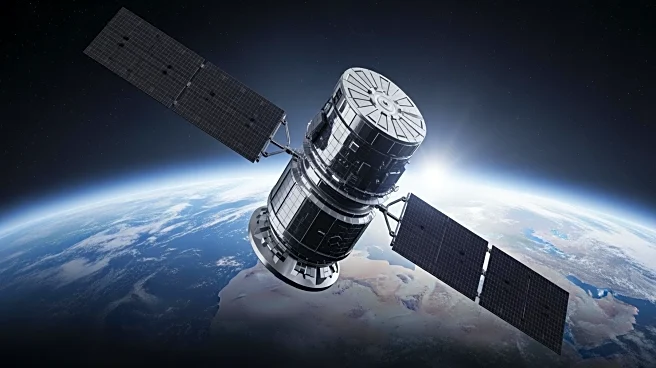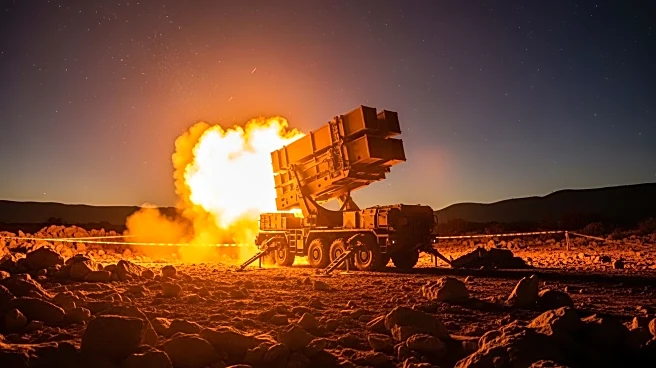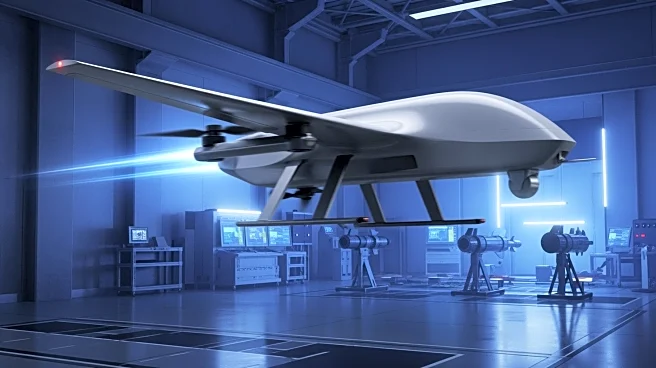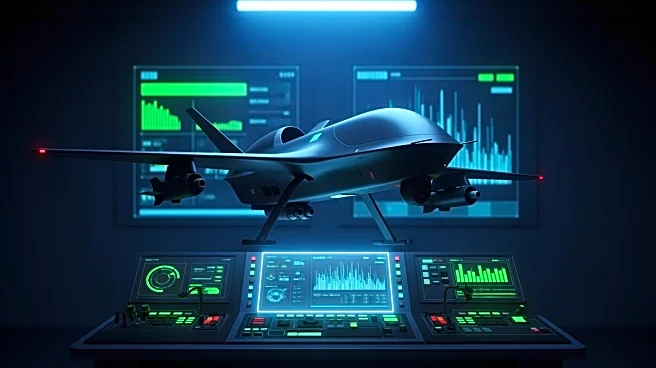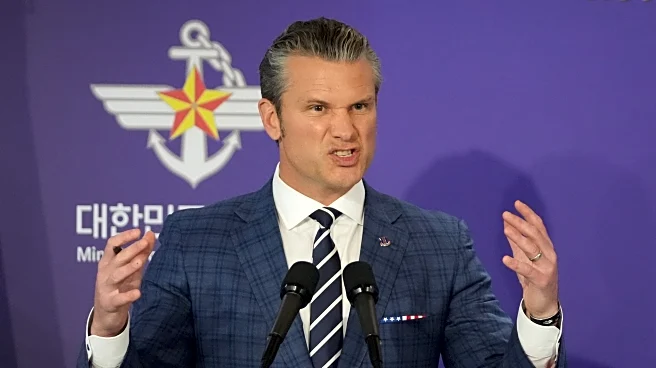What's Happening?
Defense Secretary Pete Hegseth has initiated a significant reshaping of U.S. military leadership by firing or sidelining at least two dozen generals and admirals over the past nine months. This series
of ousters is expected to have long-term implications for the structure and strategy of the U.S. military. The changes come amidst a backdrop of increasing global tensions, including China's rapid weapons development and the ongoing conflict in Ukraine. The U.S. Army is also planning to field one million drones within the next two to three years, reflecting a shift towards unmanned aircraft and increased partnerships with private industry. These developments highlight a broader transformation within the military, as traditional roles and strategies are reevaluated in response to emerging threats and technological advancements.
Why It's Important?
The reshaping of military leadership by Defense Secretary Hegseth is significant as it could alter the strategic direction and operational capabilities of the U.S. military. By removing key figures, Hegseth may be aiming to streamline decision-making processes and adapt to new challenges posed by adversaries like China and Russia. The focus on unmanned aircraft and drone technology reflects a shift towards more flexible and risk-averse strategies, potentially impacting the careers and expertise of traditional pilots. These changes underscore the need for the U.S. military to remain agile and responsive in a rapidly evolving global security environment.
What's Next?
As the U.S. military undergoes leadership changes, there may be further adjustments to its strategic priorities and operational approaches. The integration of drones and unmanned aircraft will likely continue, with increased collaboration between the military and private industry to enhance manufacturing capacity. Congress is also considering a whole-of-government plan to address national security threats from adversaries like China, Russia, Iran, and North Korea. These efforts will require careful coordination and oversight to ensure the U.S. remains prepared to counter concurrent challenges from multiple adversaries.
Beyond the Headlines
The broader implications of these leadership changes and technological shifts include potential impacts on military culture and personnel dynamics. As traditional roles are reevaluated, there may be changes in how military personnel perceive their careers and expertise, particularly in aviation. The focus on unmanned technology could lead to a reevaluation of training and recruitment strategies, emphasizing adaptability and technological proficiency. Additionally, the reshaping of leadership may influence public perception of the military, highlighting the importance of transparency and accountability in decision-making processes.



